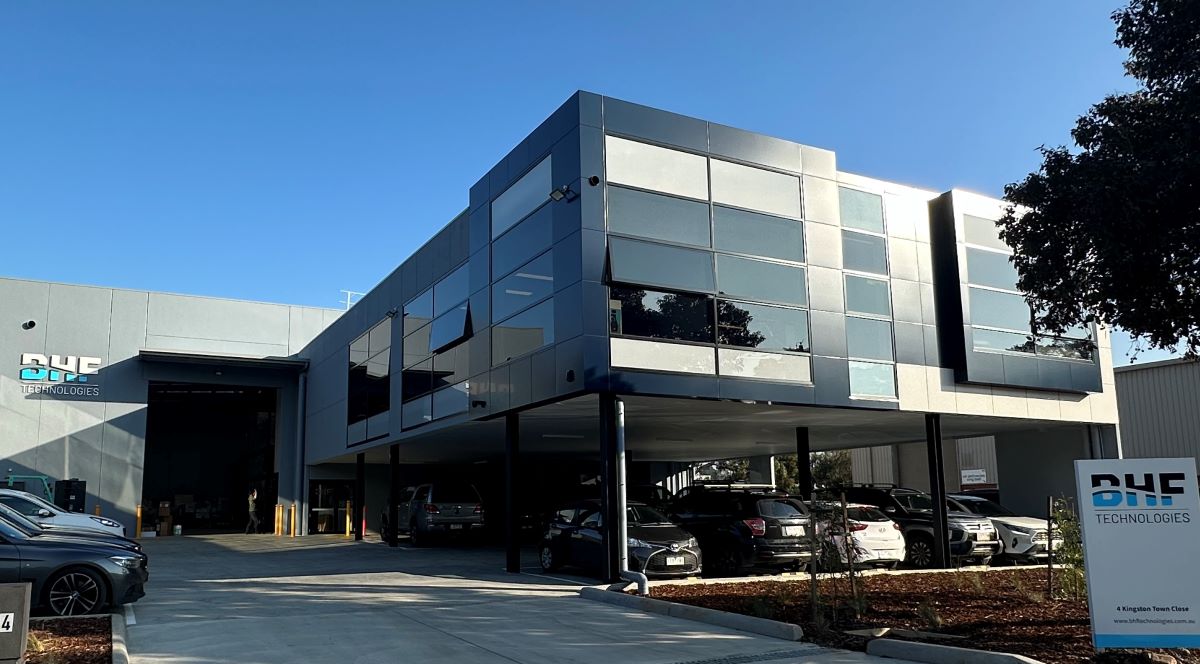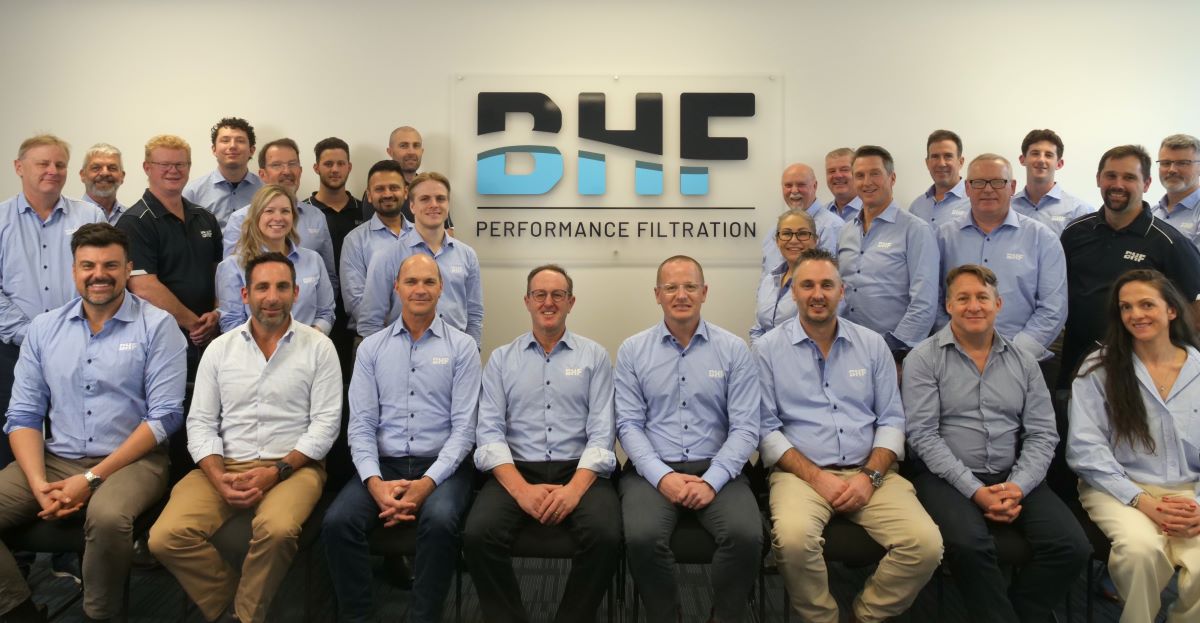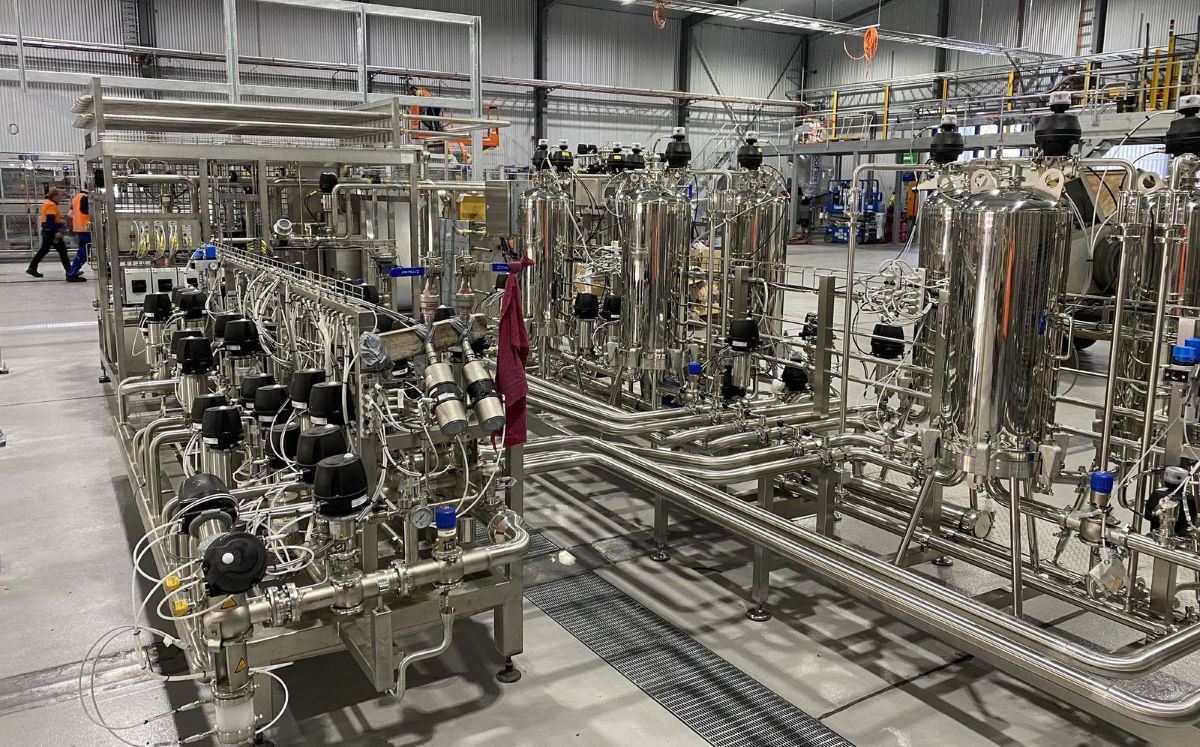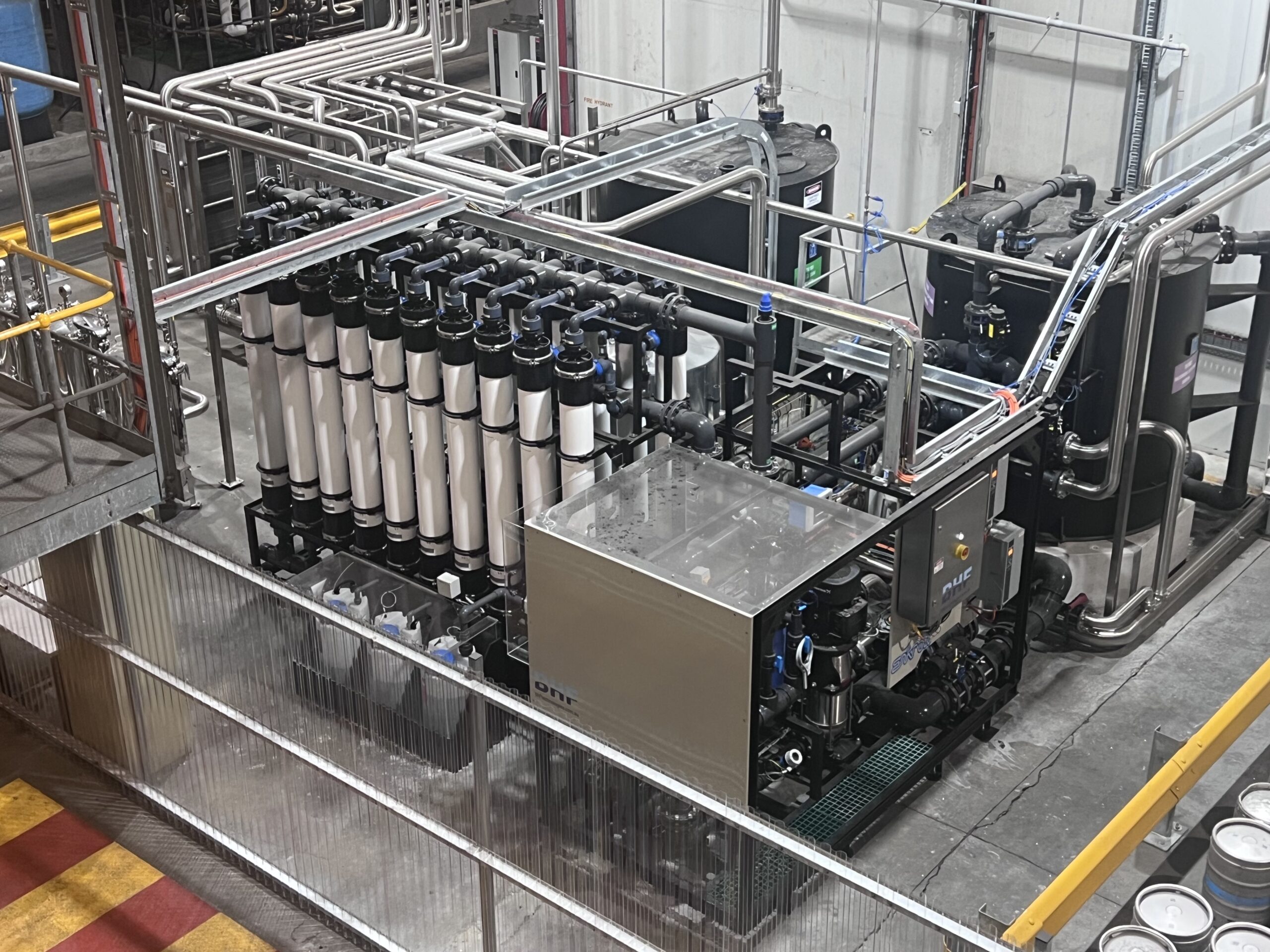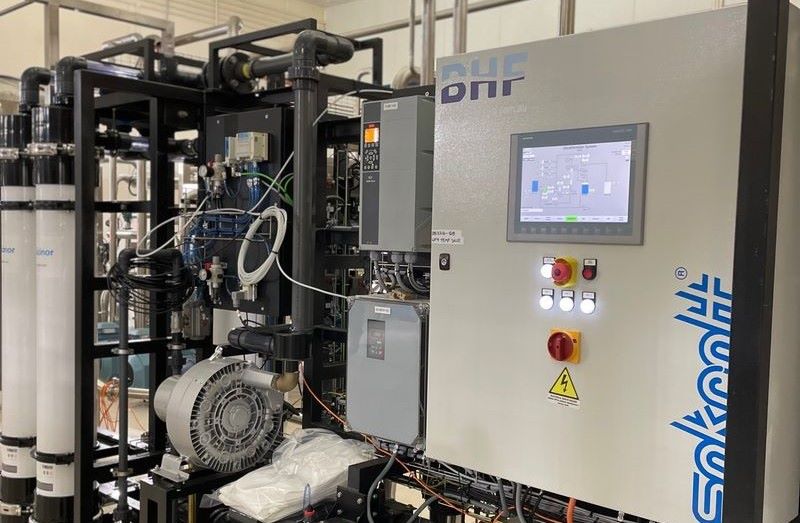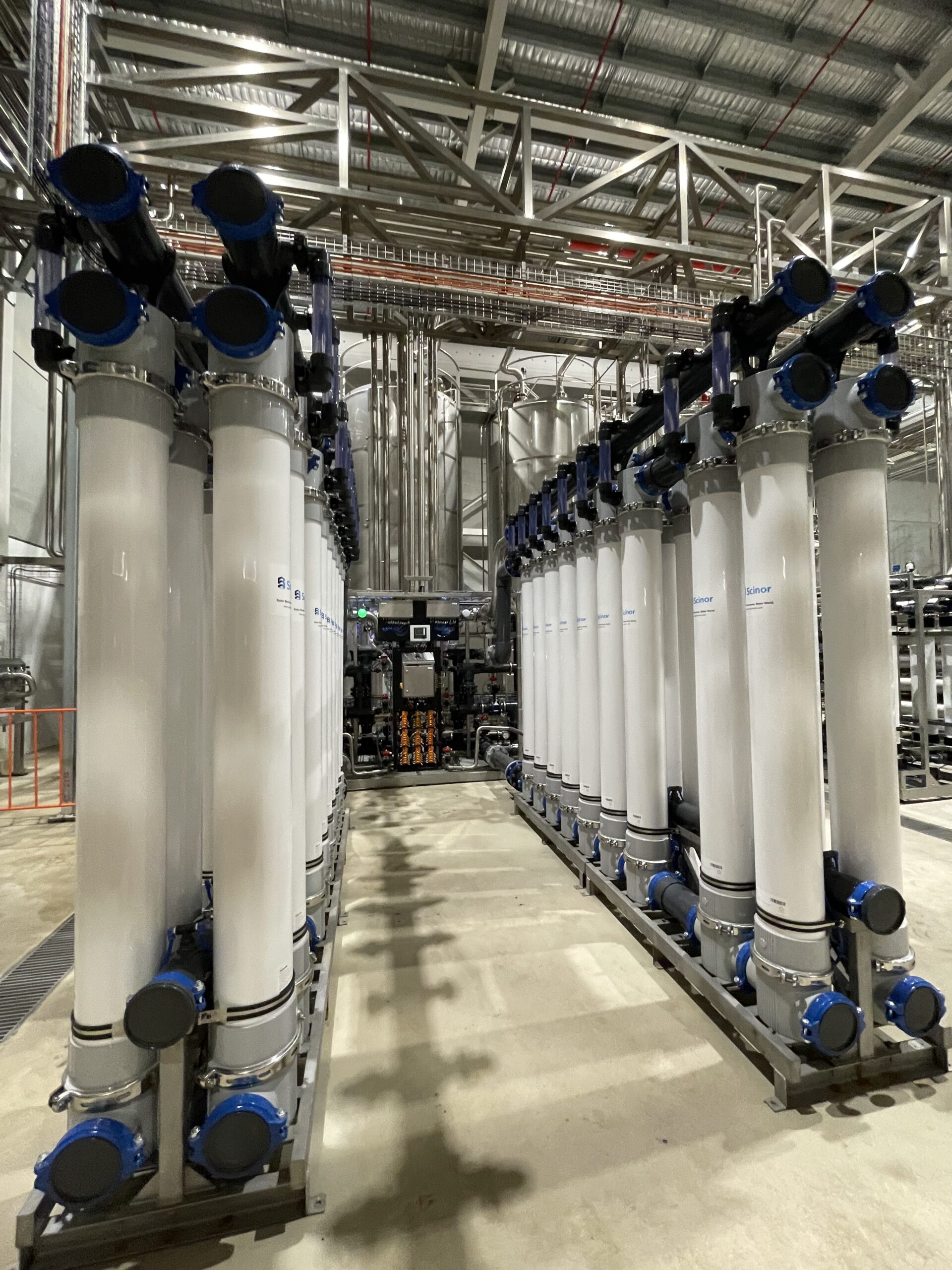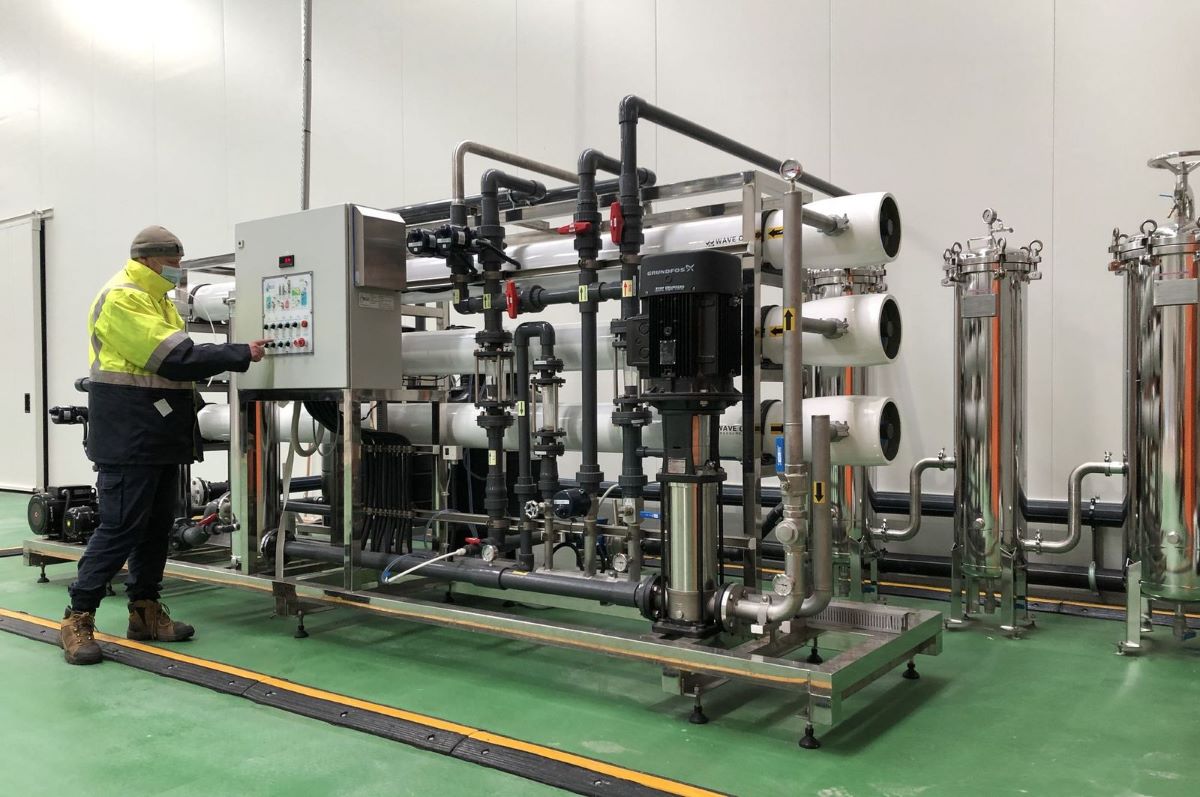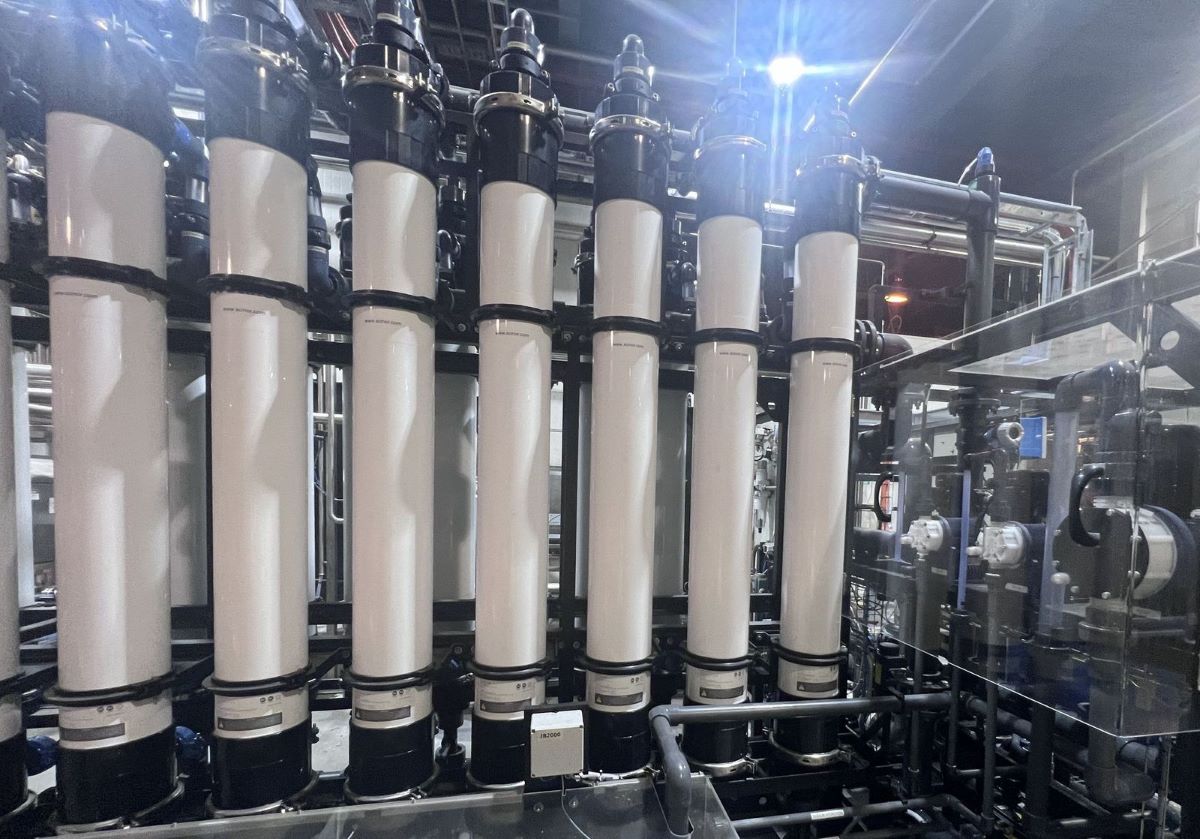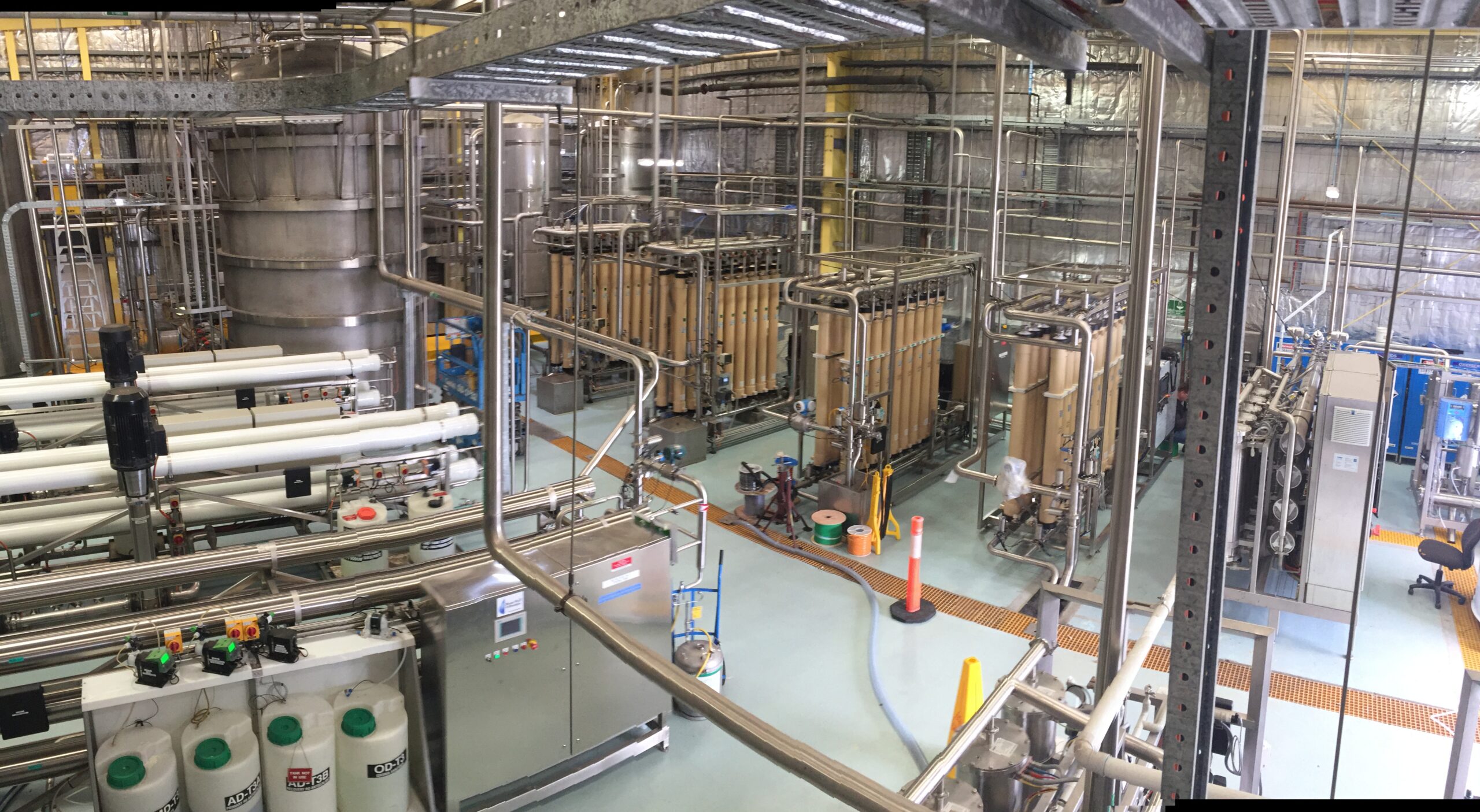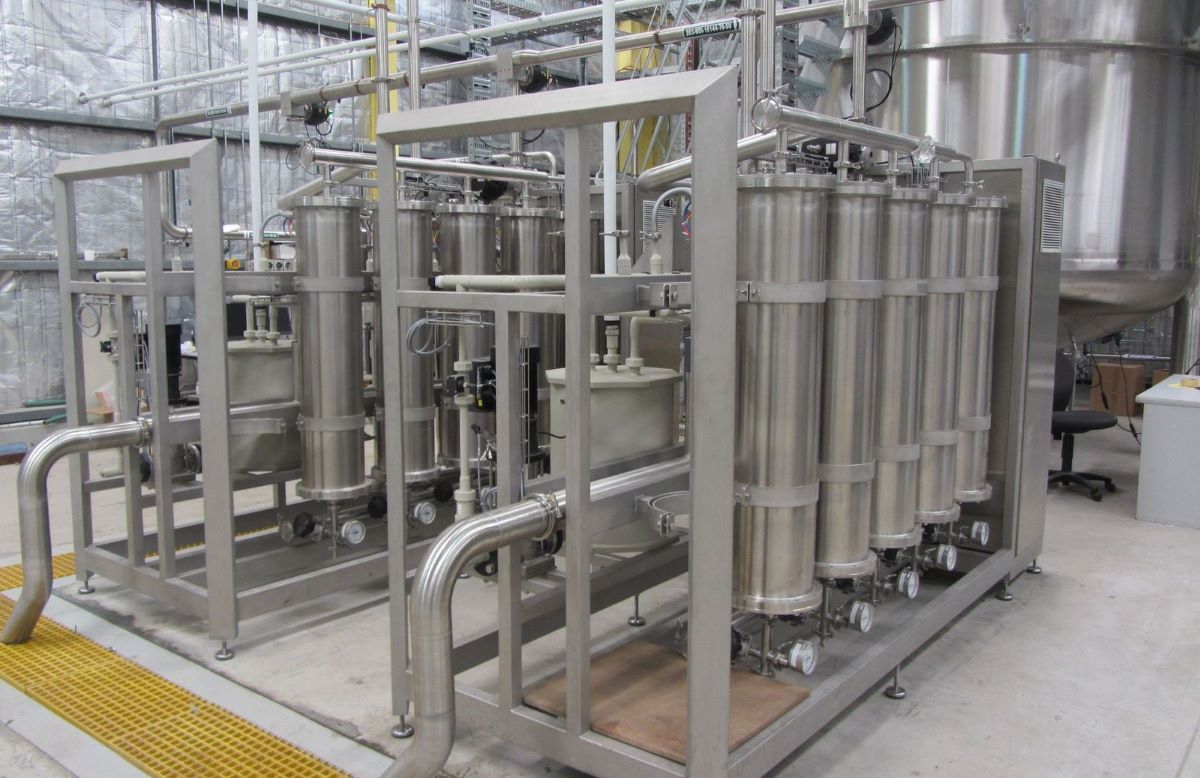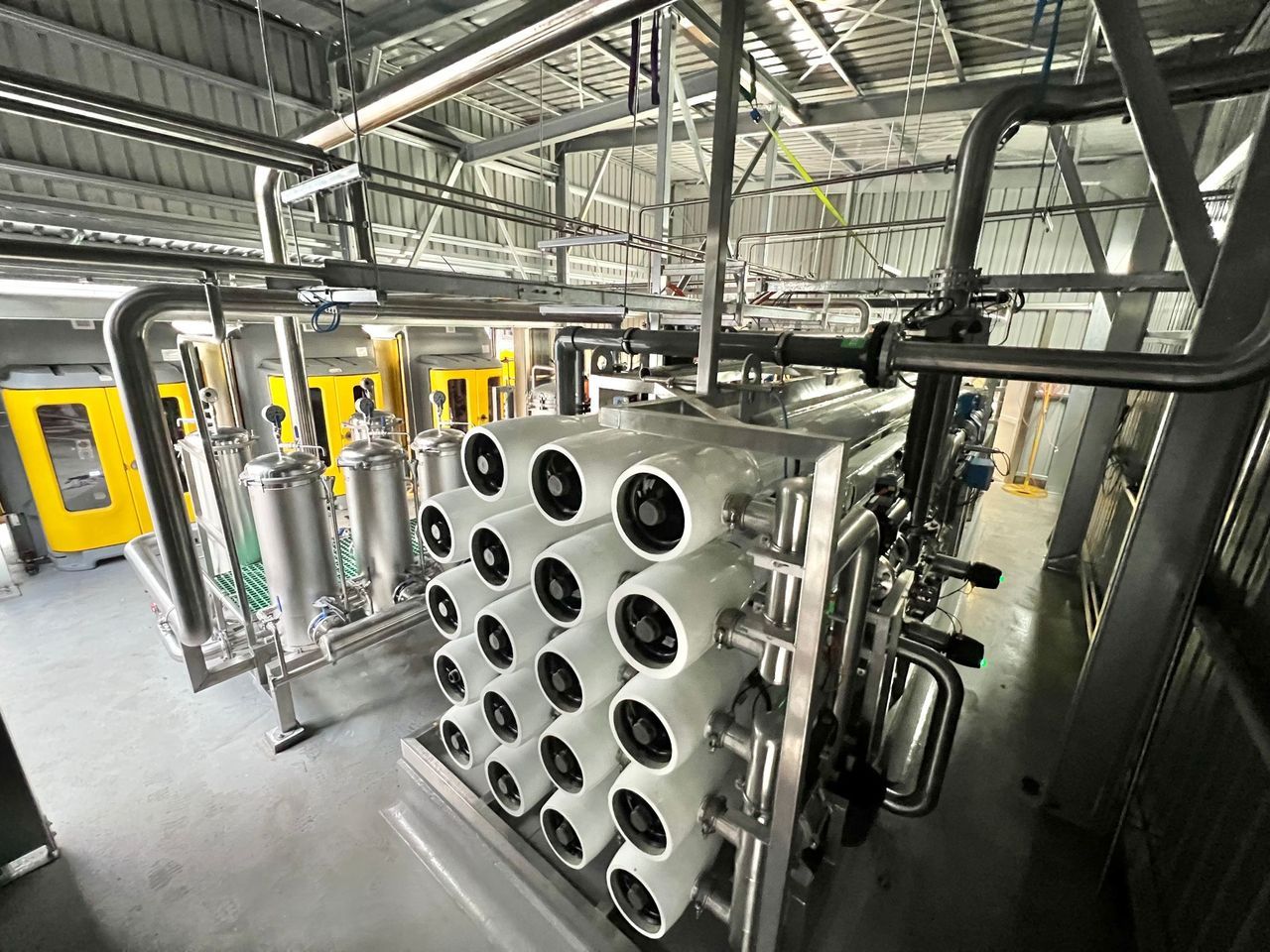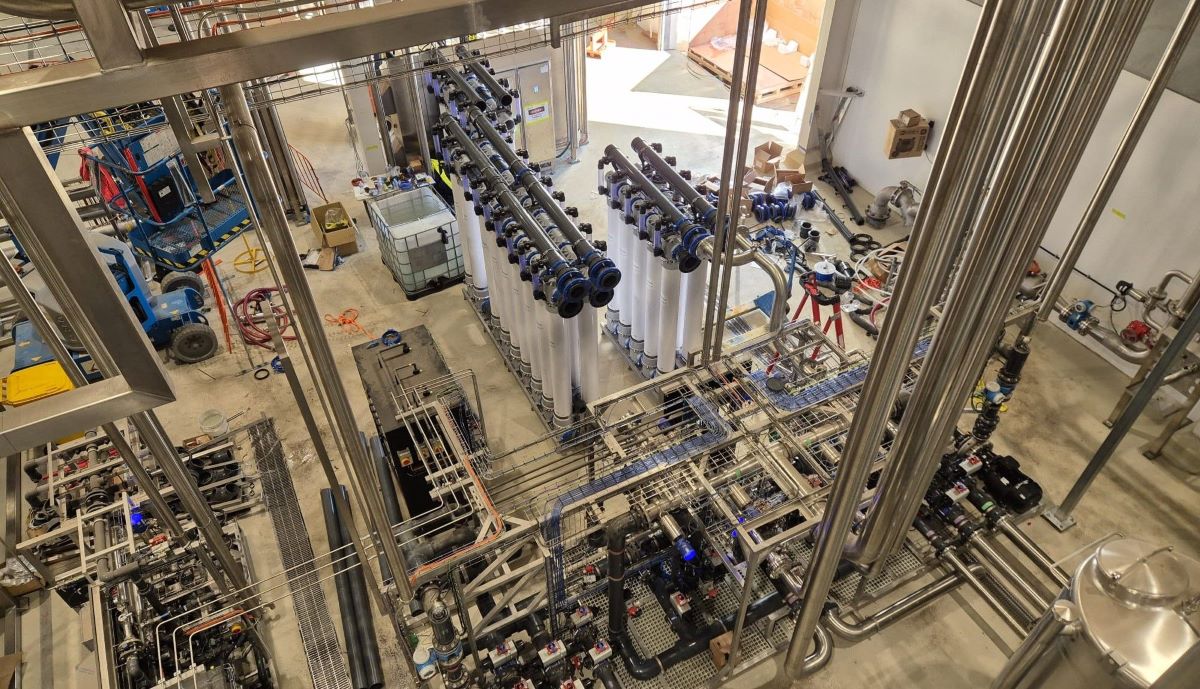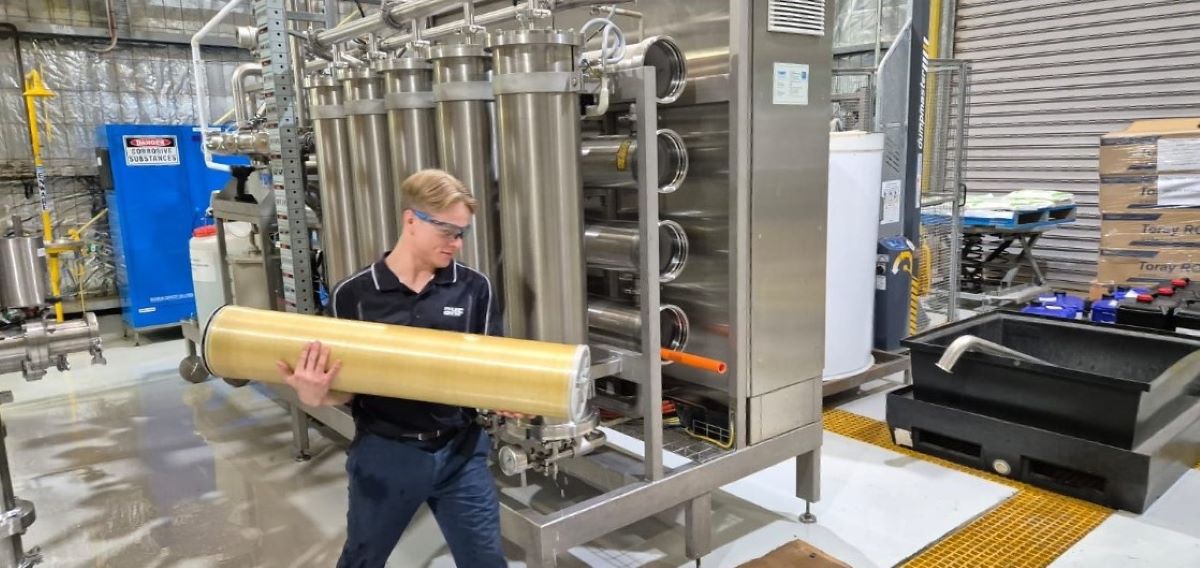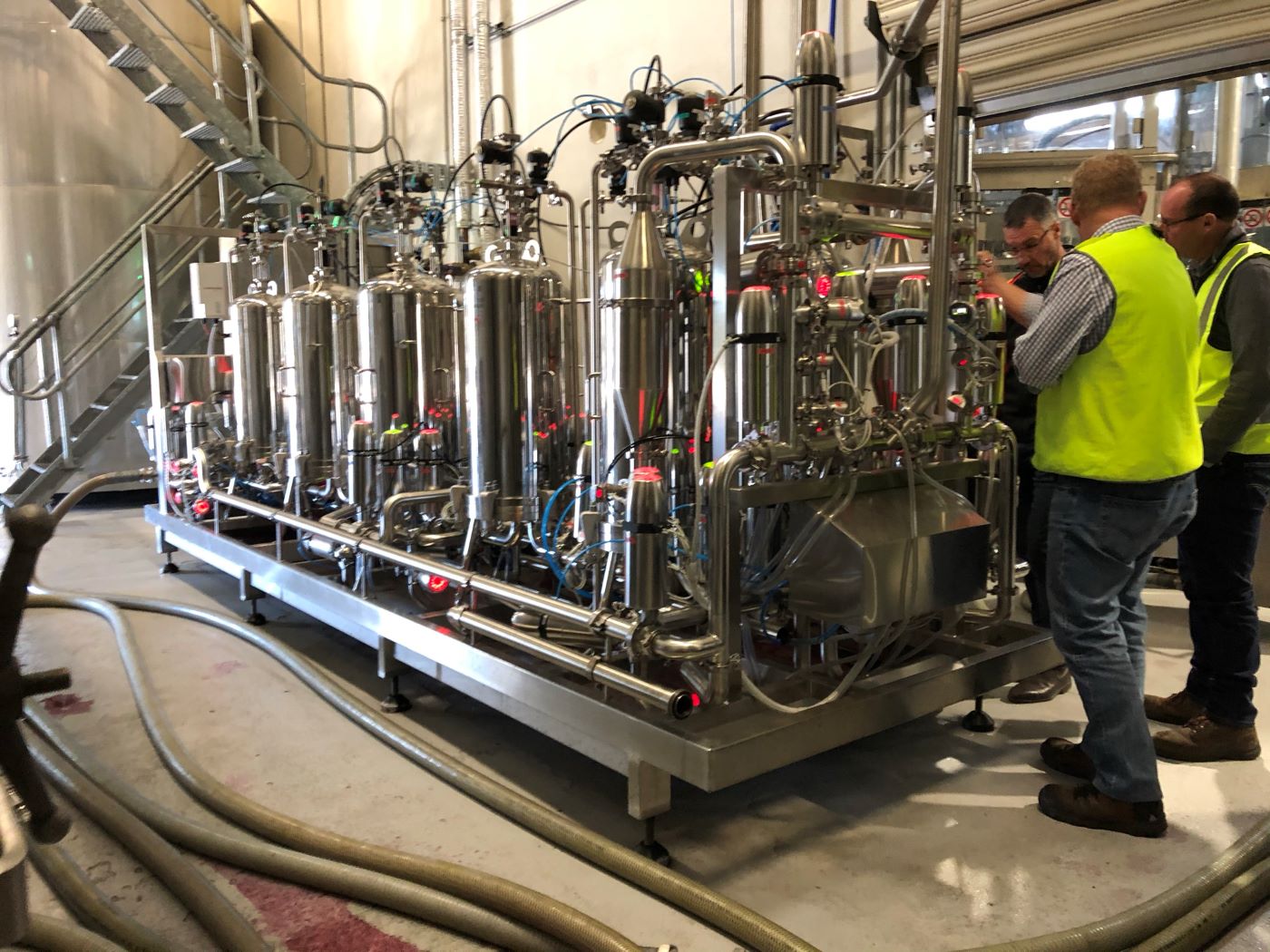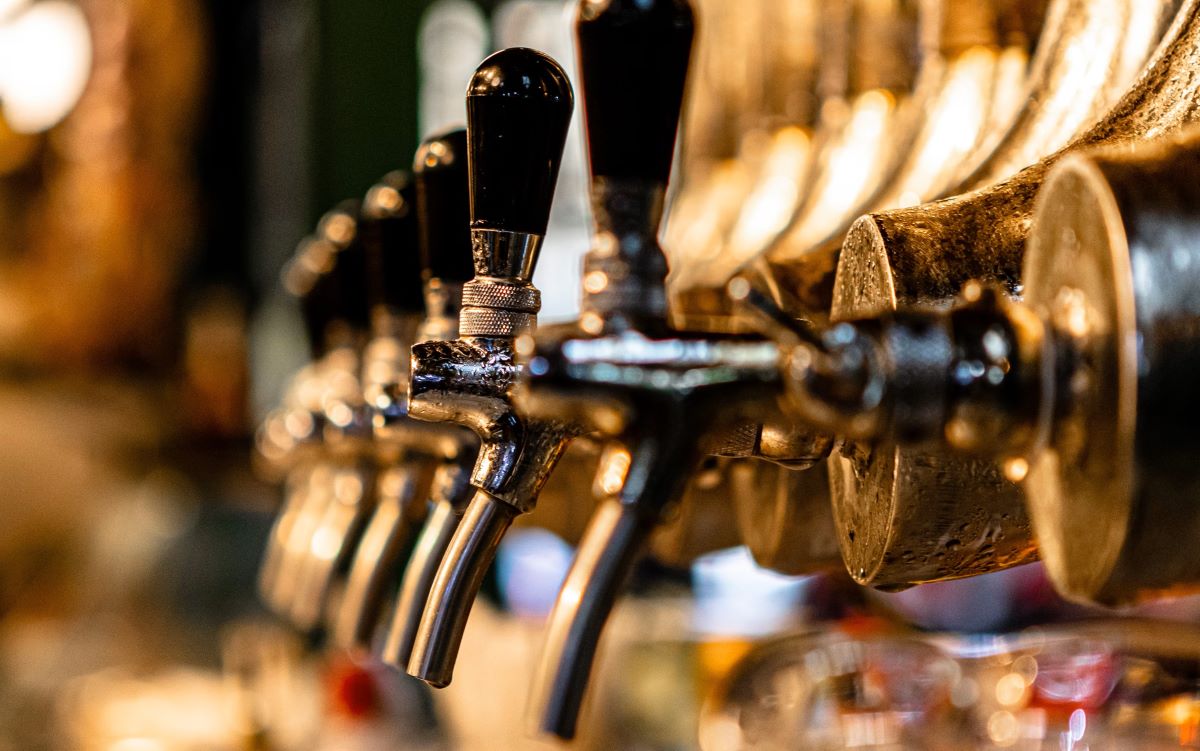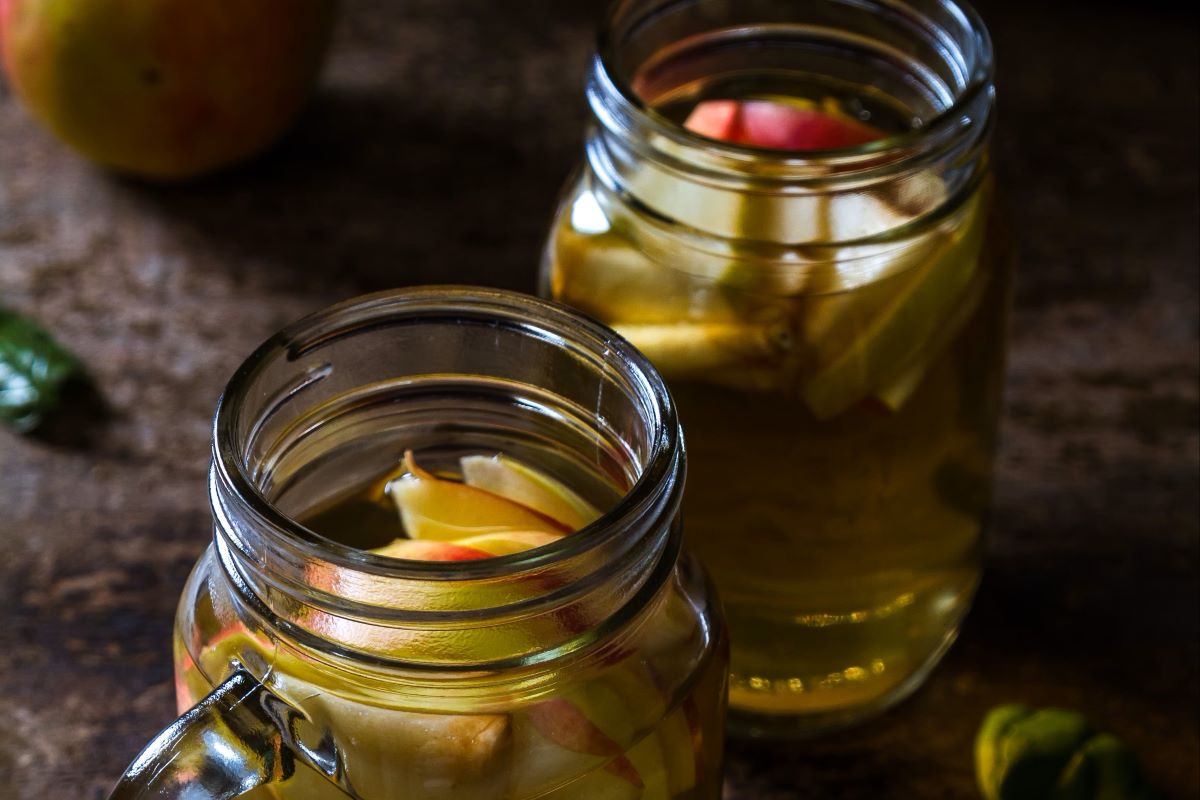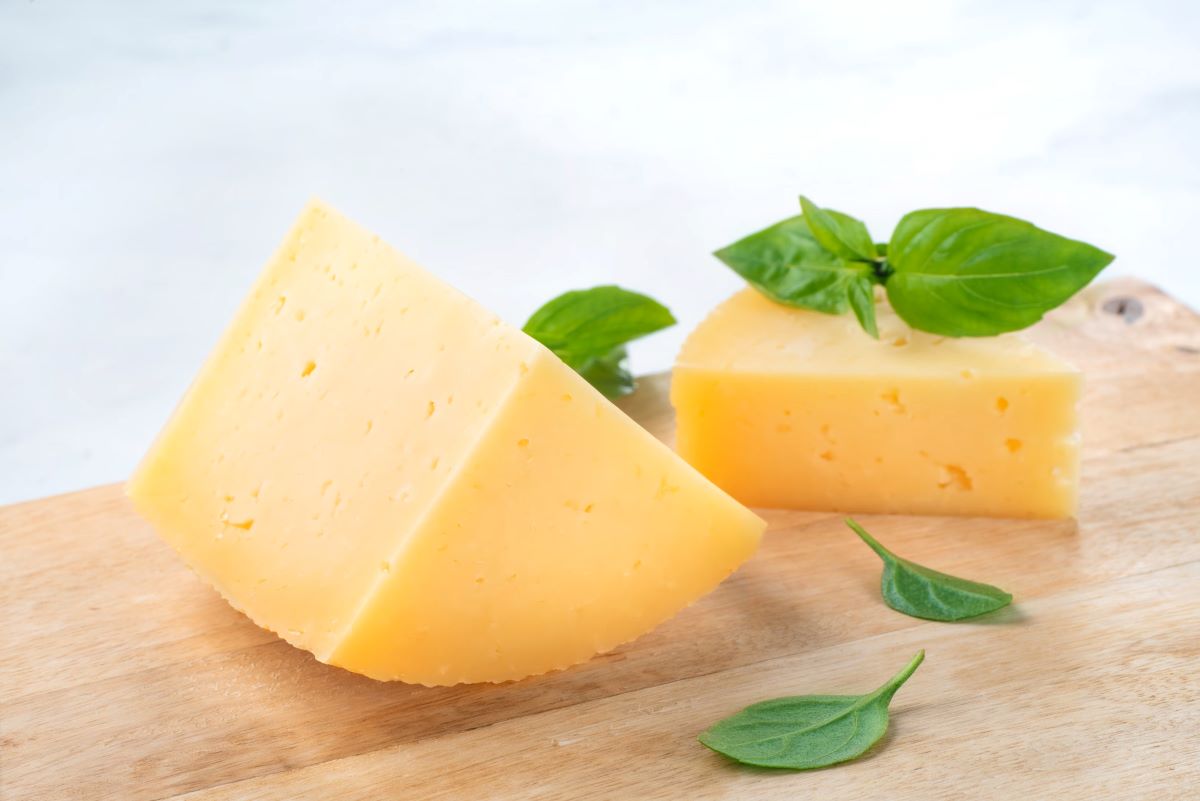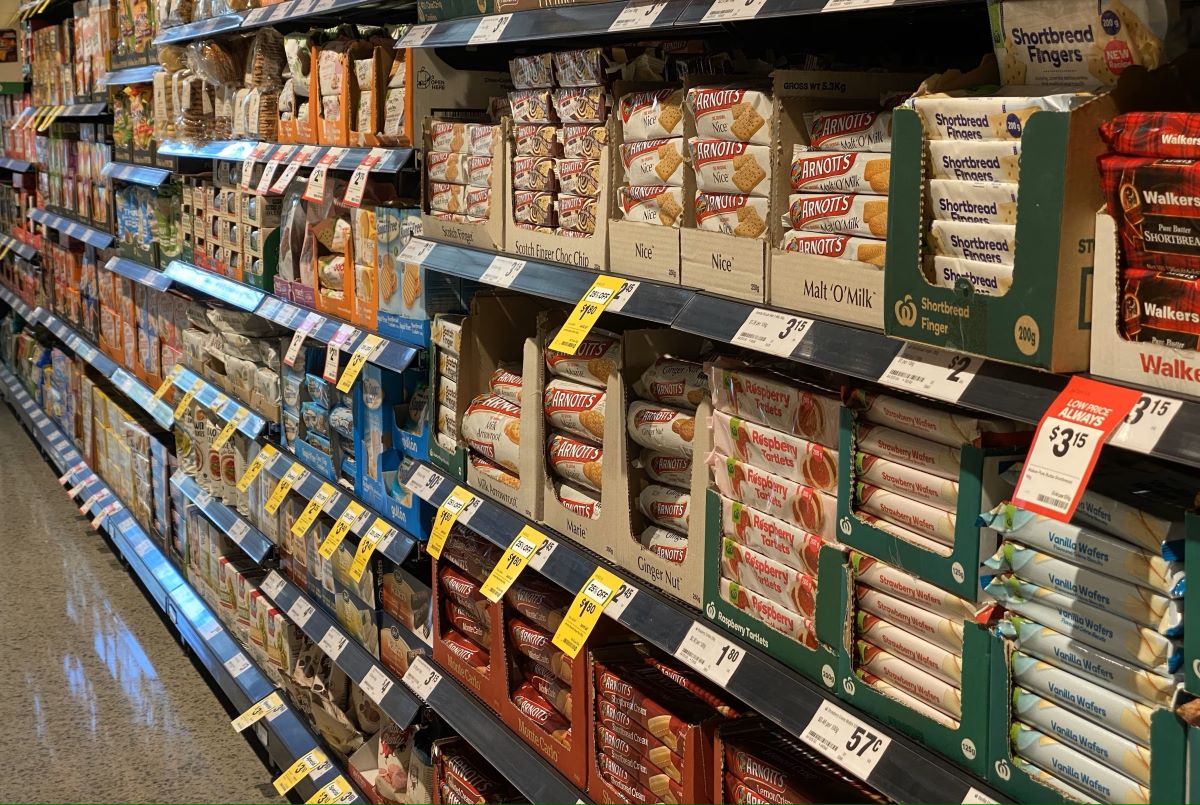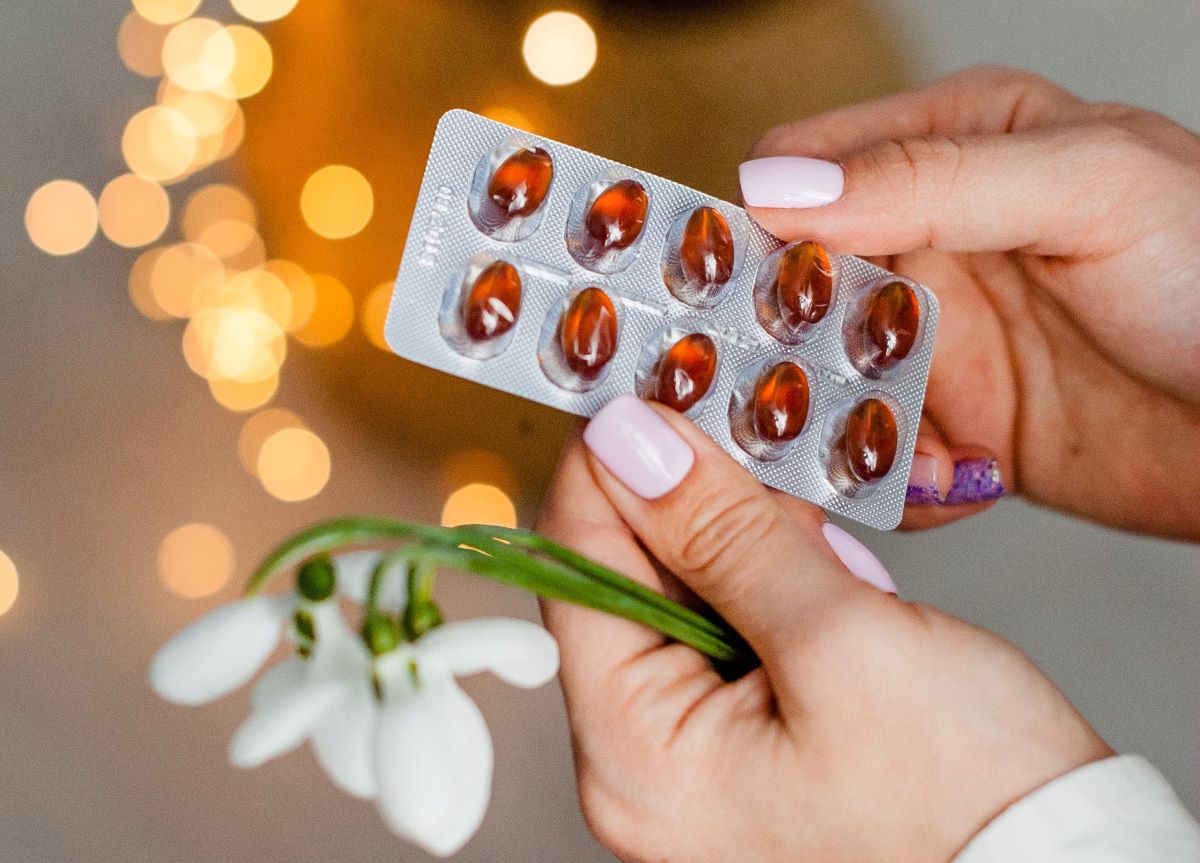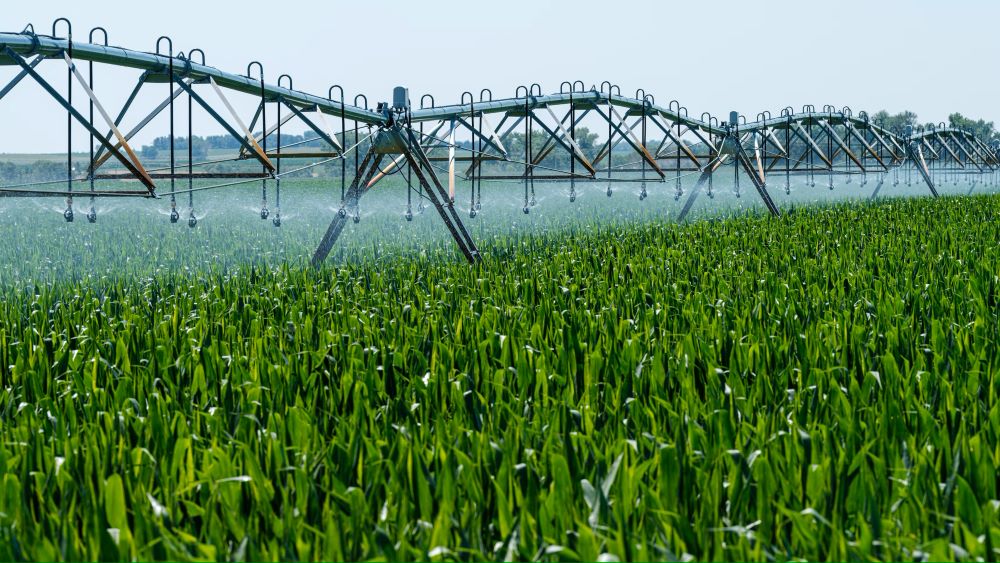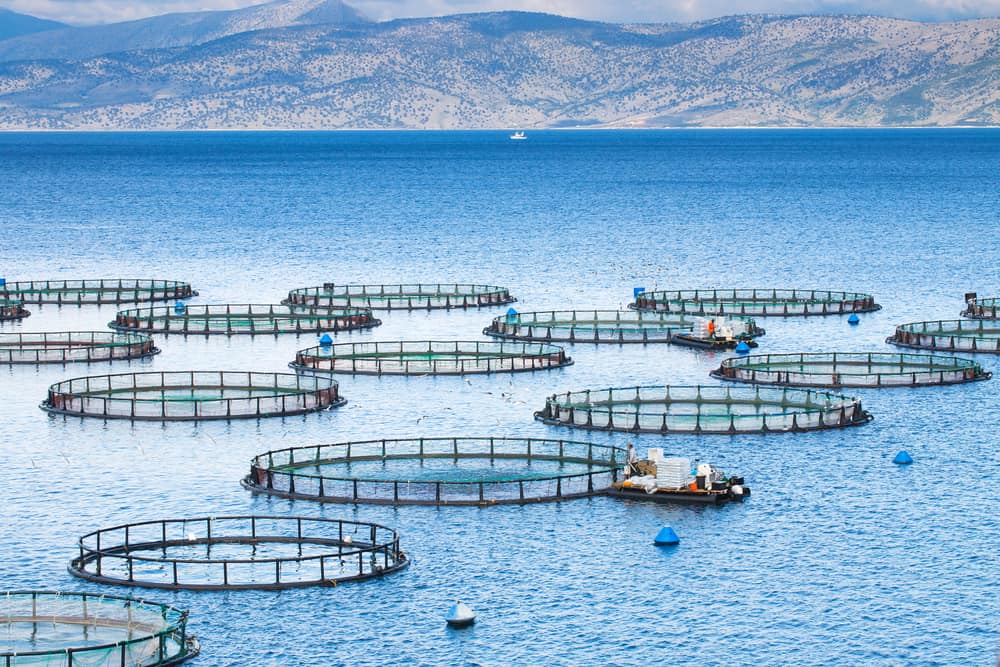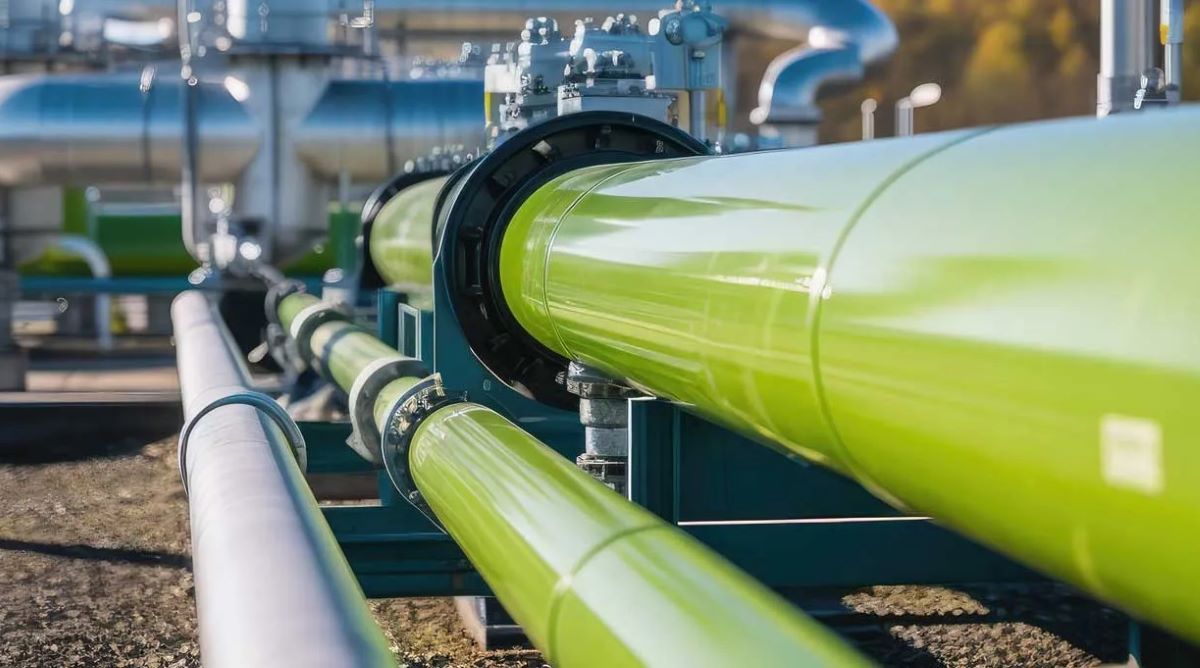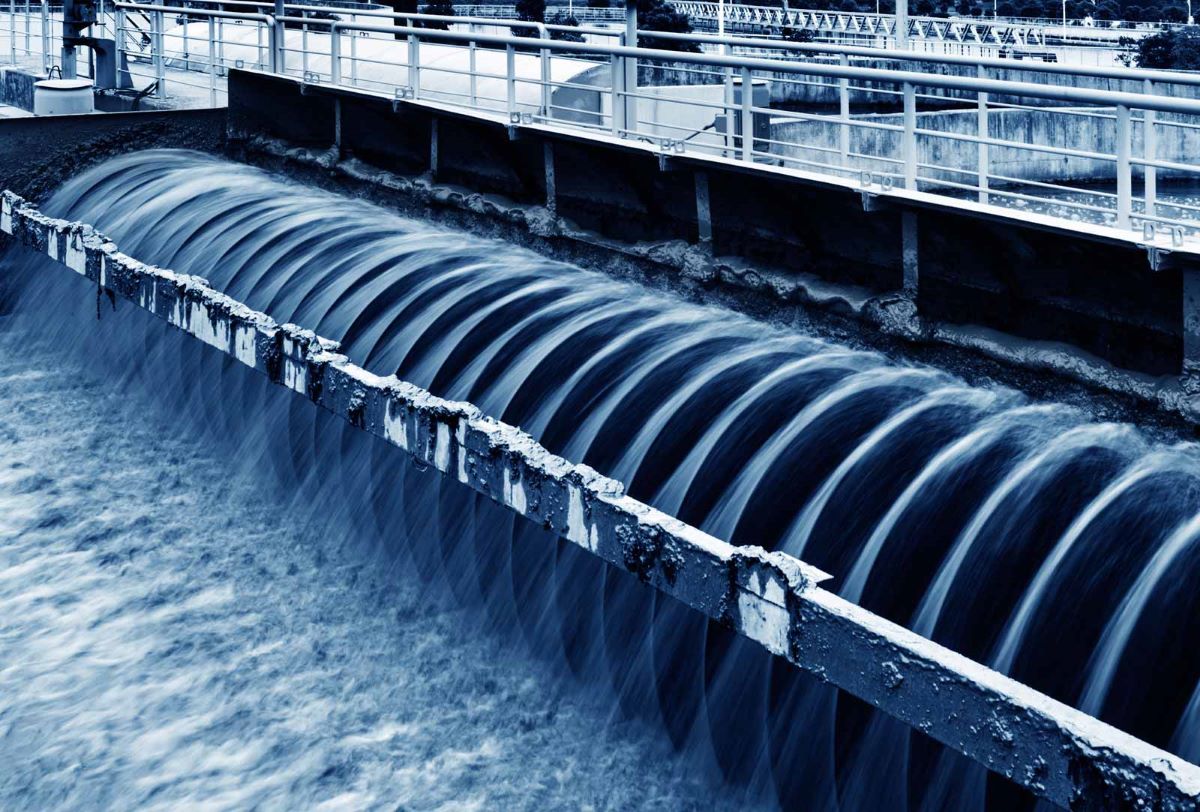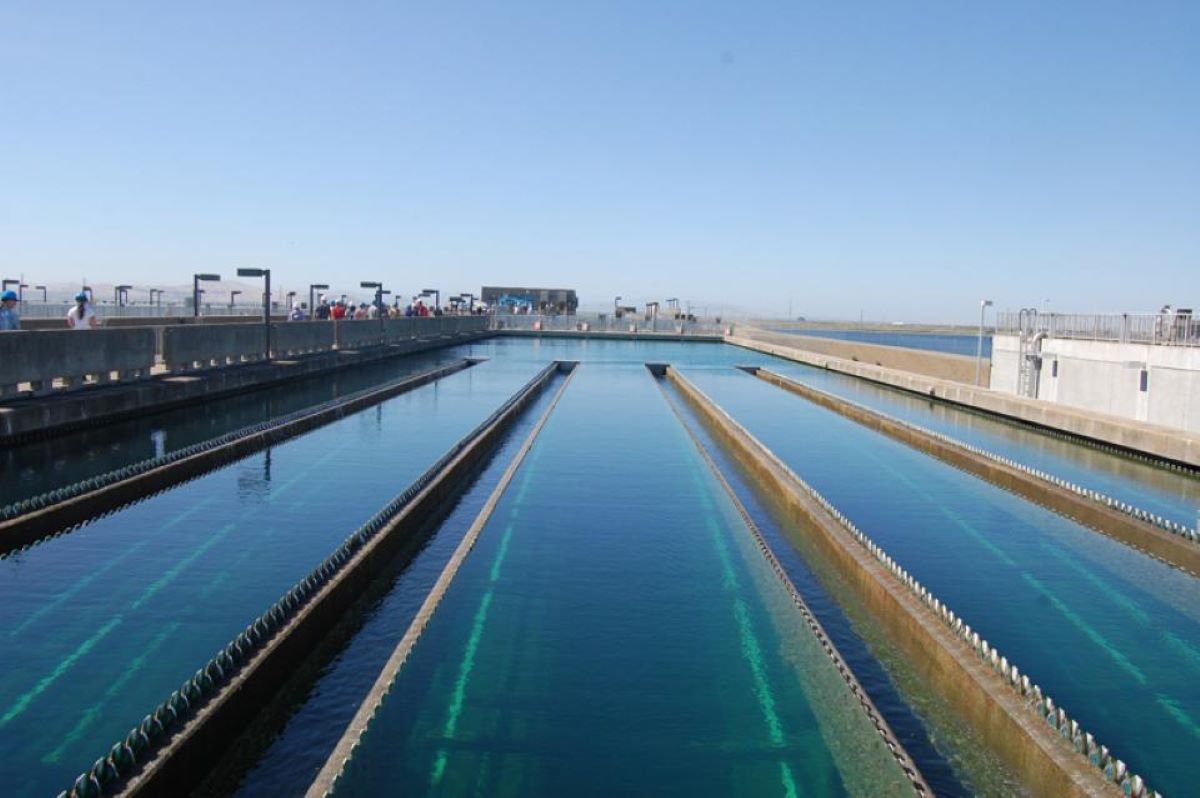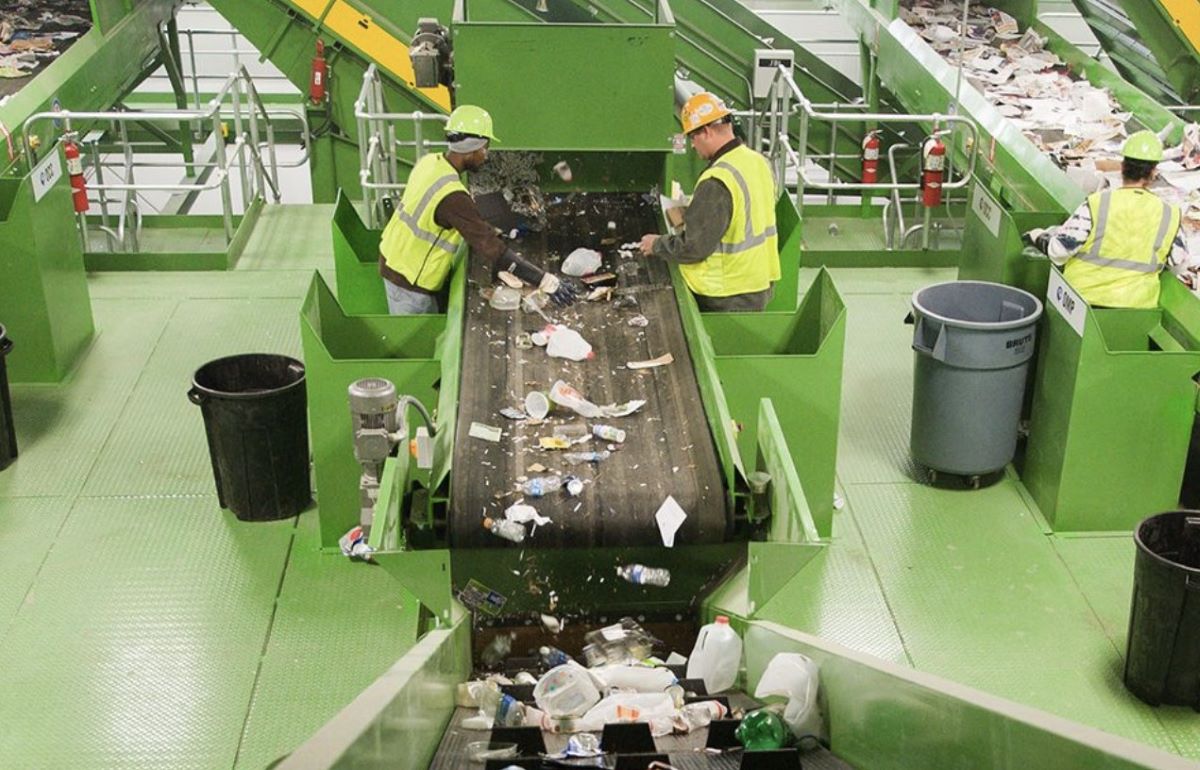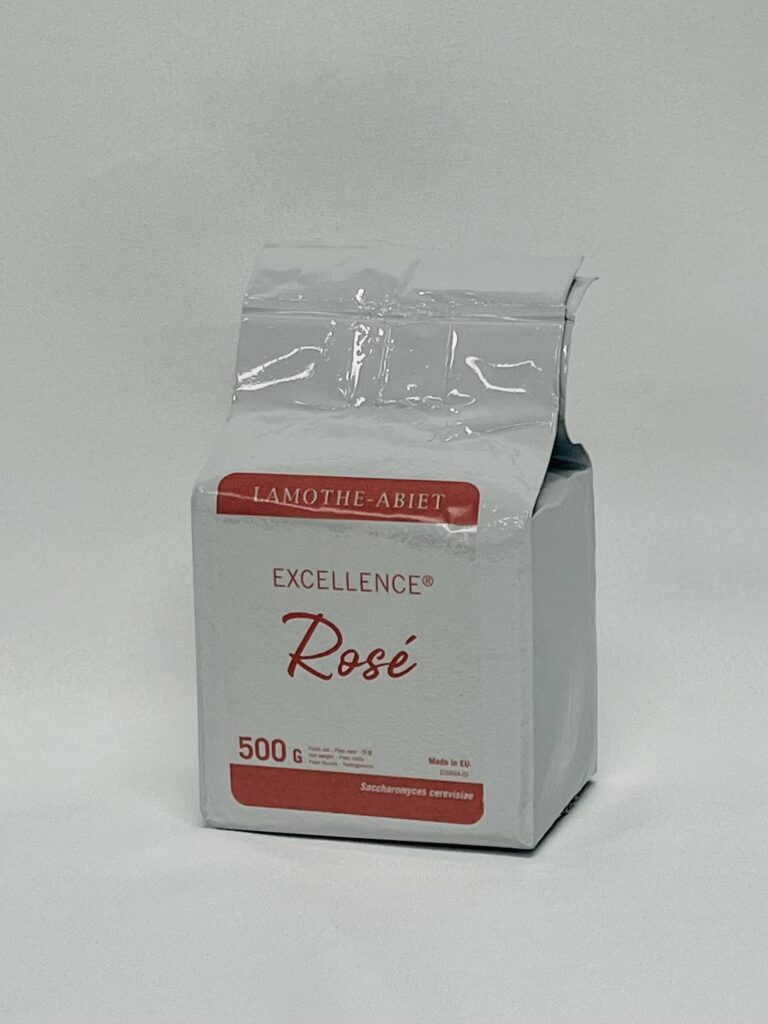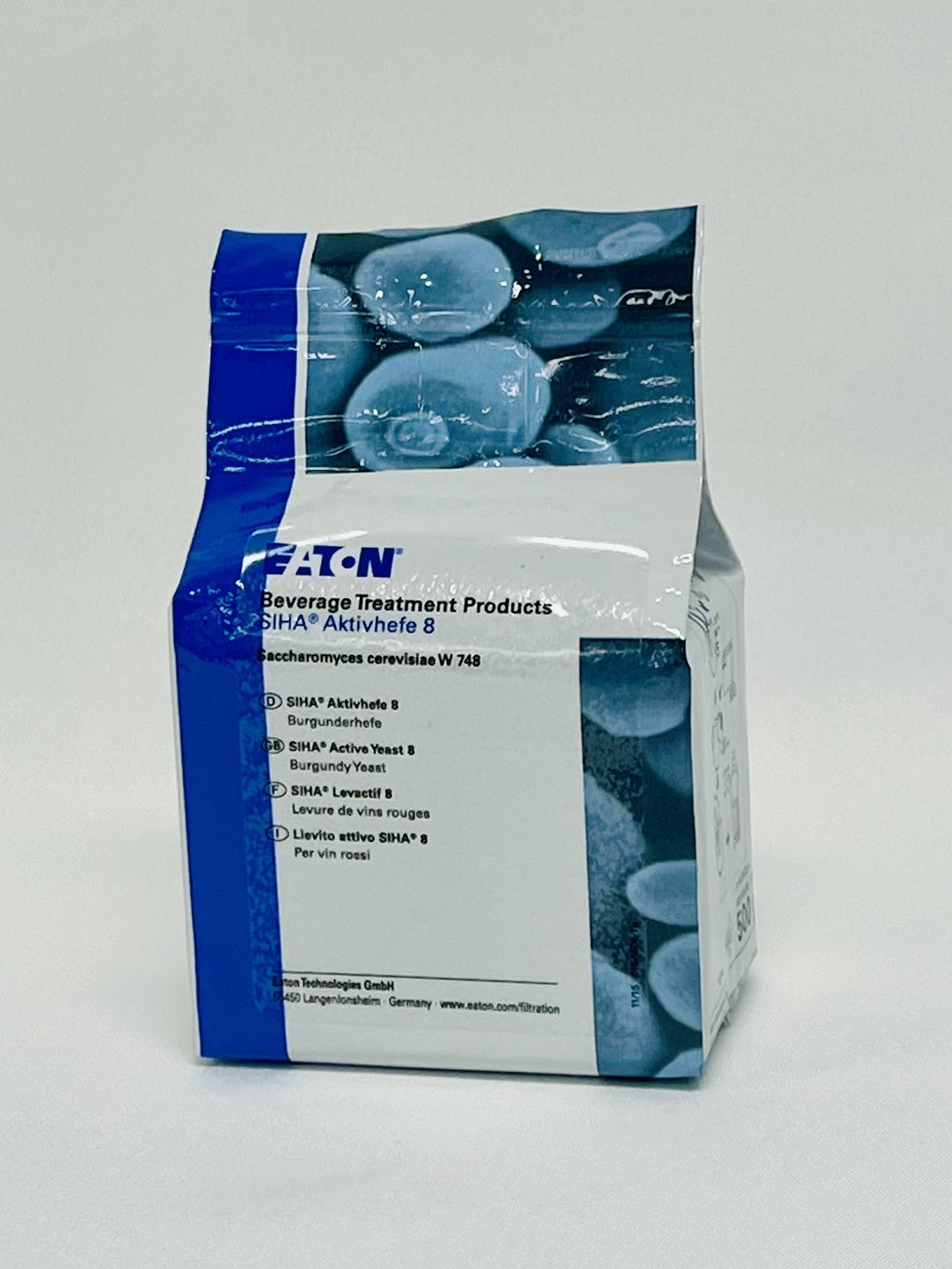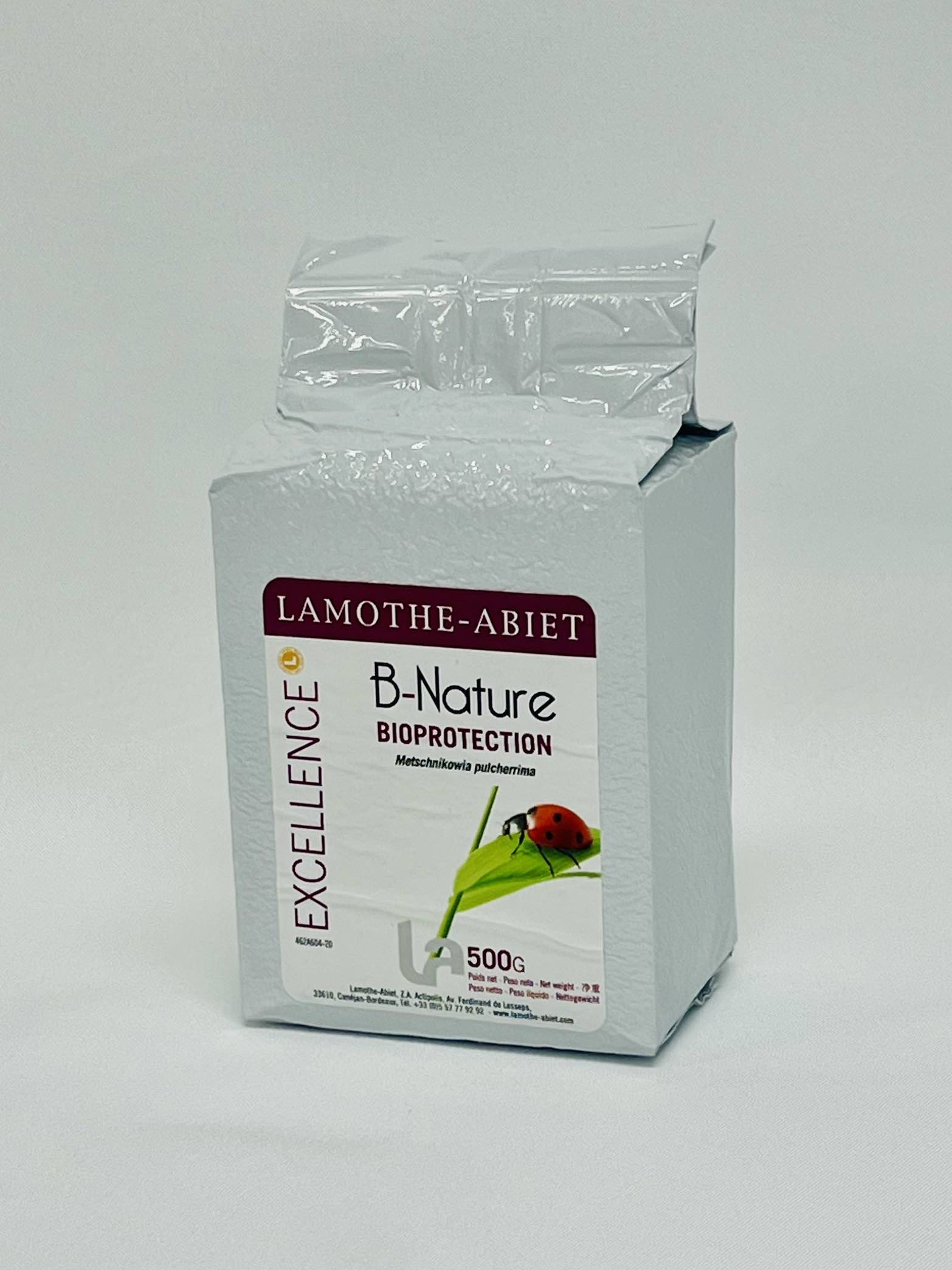Excellence Rosé
Excellence® Rosé is a yeast selected for its high capacity to consume SO2 and its low production of undesirable compounds during alcoholic fermentation (acetaldehydes and sulphur compounds). Its ability to reveal fermentation esters combined with its negative SO2 balance allows the yeast to reveal a rich and intense aromatic profile.
Technical Specifications
PHYSICAL
- Appearance & colour: Light brown fine granulates
COMPOSITION
- Revivable yeasts: ≥ 1010 UFC/g
- Humidity: < 8 %
LIMITS
- Lead: < 2 mg/kg
- Mercury: < 1 mg/kg
- Arsenic: < 3 mg/kg
- Cadmium: < 1 mg/kg
MICROBIOLOGICAL
- Other yeasts: < 105 UFC/g
- Mould: < 103 UFC/g
- Lactic bacteria: < 105 UFC/g
- Acetic bacteria: < 104 UFC/g
- Salmonella: Absence/25g
- Escherichia coli: Absence/1g
- Staphylococci: Absence/1g
- Coliforms: < 102 UFC/g
Features and Benefits
Formulation: Active dry yeasts – Saccharomyces cerevisiae.
Enological benefits:
- The Breeding technique, combined with the latest knowledge in microbiology, has made it possible to select Excellence® Rosé. Thanks to its rapid implantation in the must and its fermentative quality, it ensures the revelation of an intense aromatic profile. It has two major advantages:
- Low production of aromatic masking compounds: Excellence® Rosé is characterized by low production of sulphur compounds and compounds combining SO2. When SO2 is present in the must, it is almost entirely consumed during alcoholic fermentation. Wines fermented with Excellence® Rosé therefore have total SO2 levels close to 0. The low production of compounds combining SO2 (acetaldehydes) offers the winemaker the opportunity to reduce sulphite doses while improving its efficiency.
- Aromatic intensity and organoleptic freshness: Excellence® Rosé produces mainly fermentation esters which, combined with the absence of aromatic masks, give the yeast the ability to reveal intense notes of yellow fruit and flowers. In addition, Excellence® Rosé allows wines to express freshness and liveliness by preserving L-malic acid.
Product Applications
In difficult fermentary conditions (high Potential Alcohol, extreme temperatures, low turbidity, etc.) or for an optimal revelation of aromas, we highly recommend the use of ŒnoStim®.
With ŒnoStim®:
Dissolve progressively ŒnoStim® (30 g/hL)* in 20 times its weight of warm water (37°C) while continuously stirring to avoid lump formation. Then, add the selected yeast (20 g/hL)*, stir gently, and wait 20 minutes before adding the same volume of must from the tank to inoculate. Repeat this operation until the difference between the starter culture and the tank is less than 10°C. This step should last between 10 and 20 minutes. Add the yeast to the tank and mix.
*Based on the must volume to be fermented.
Without ŒnoStim®:
Add the selected yeast in 10 times its weight of hot water (35 to 40°C) and mix gently. Wait 20 minutes, then add an equal volume of must from the tank to be inoculated. Repeat this operation until the difference between the starter culture and the tank is less than 10°C. This step should last between 10 and 20 minutes. Add the yeast to the tank and mix.
Dosage: 20-30 g/hL.
